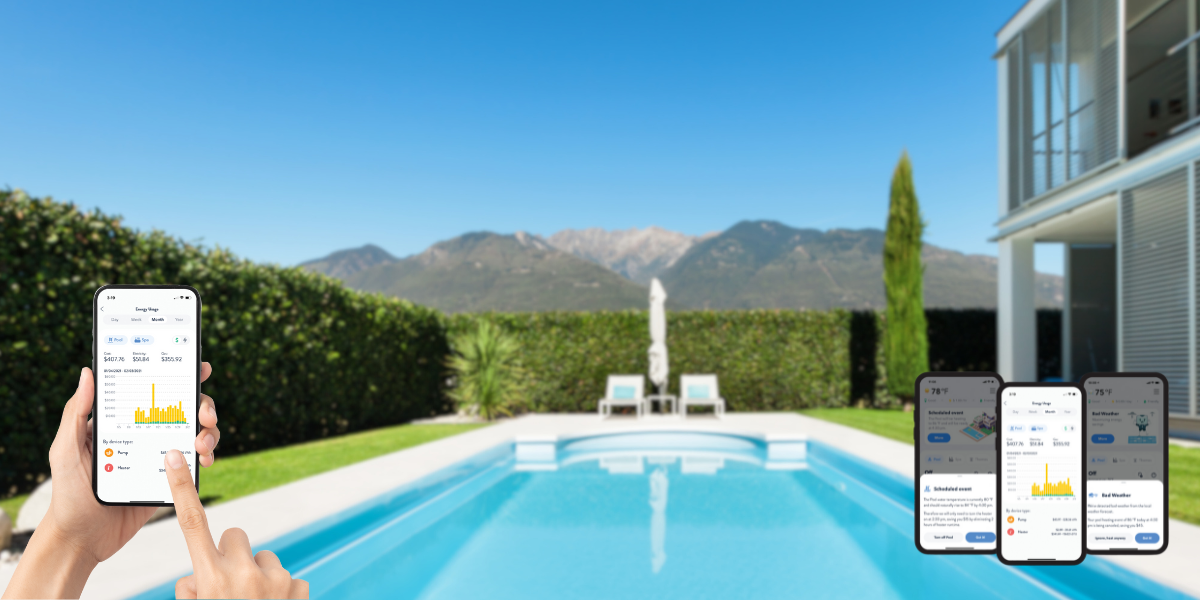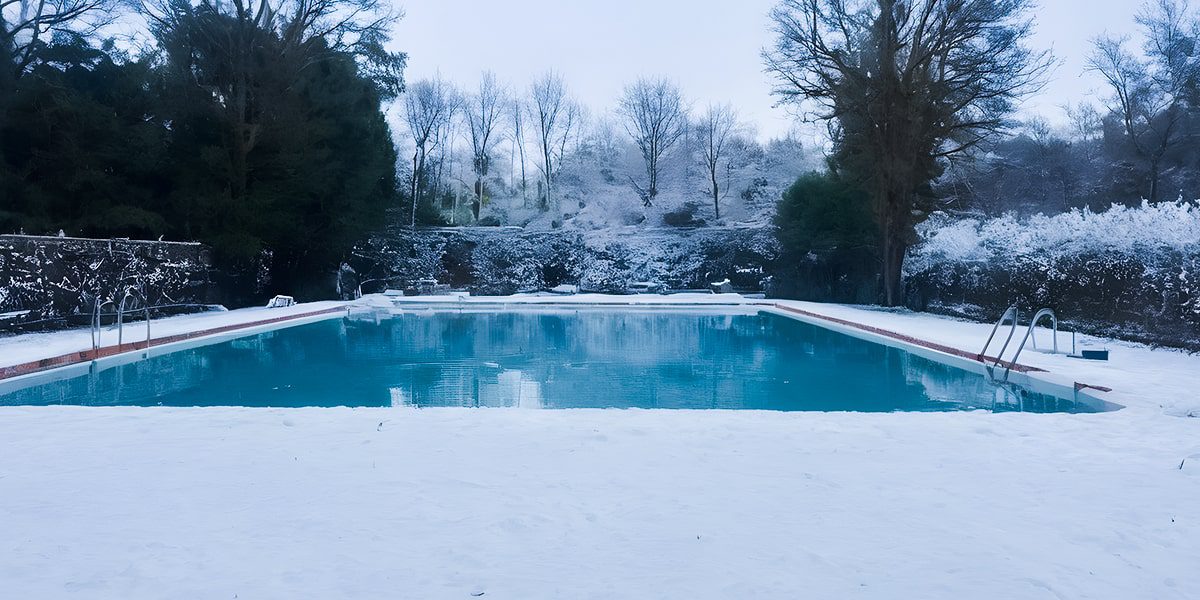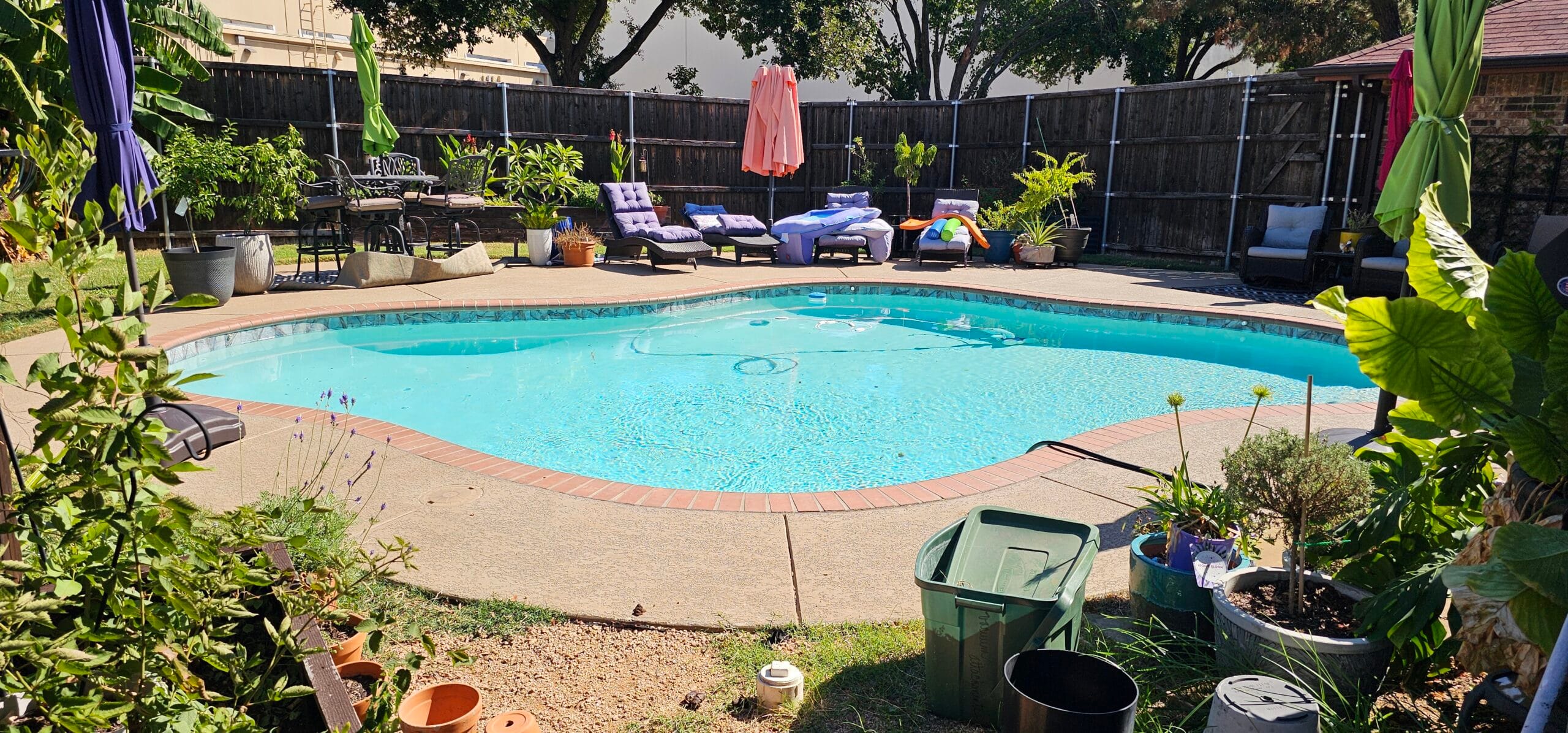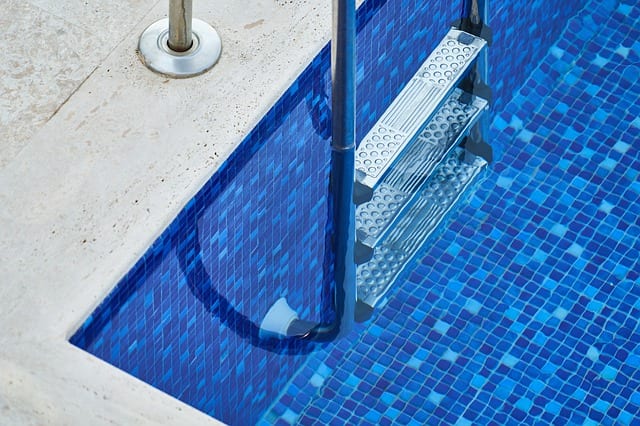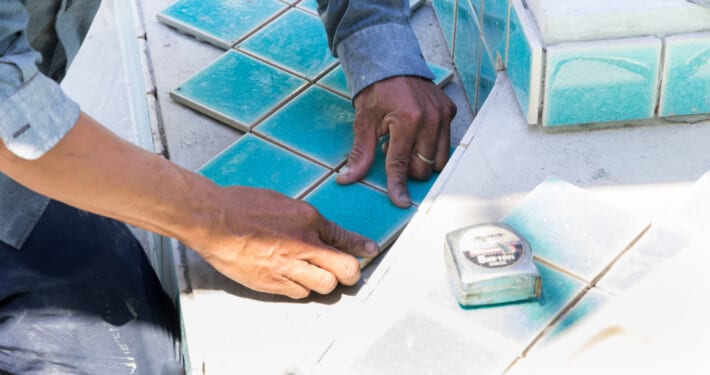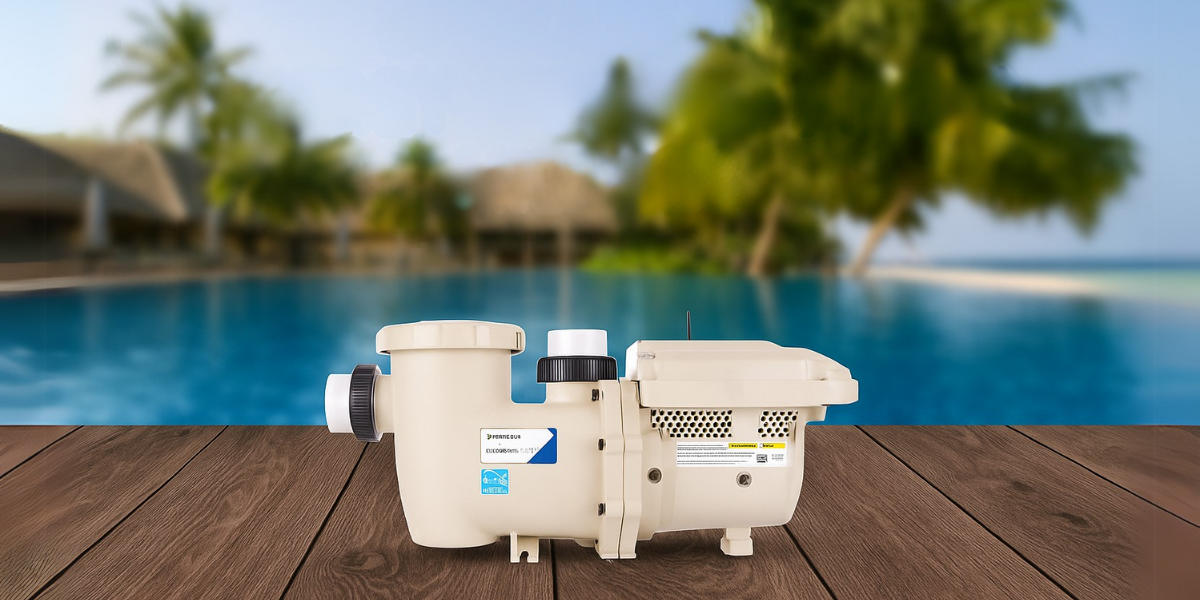Winterizing a Salt Water Pool
Winter brings unique challenges that can impact your pool’s health and longevity. It is essential to protect your saltwater pool from potential damage caused by cold weather. To ensure your pool stays in great shape all winter, you must winterize saltwater pool properly. With a comprehensive guide to winterizing your saltwater pool, you can learn the simple steps to protect your pool without any fuss. This guide will walk you through the most important steps to effectively close your saltwater pool and prepare it for the warmer days when it returns. So, let’s explore and learn how to winterize a saltwater pool.
Jump to
What is Pool Winterization?
Pool winterization is a crucial process designed to protect your pool from the harsh effects of cold weather. As the temperature drops, water in your pool can freeze, causing significant damage to the pool’s structure and equipment. Winterizing is a process of getting things ready for winter, making sure it stays in great shape and is ready to go when the weather gets warmer again. This process not only safeguards the pool itself but also helps preserve water quality, preventing the growth of algae and the accumulation of debris during the winter months. Proper Pool winterization is an investment in the longevity and functionality of your pool.
Why Winterize Your Saltwater Pool?
Winterizing your saltwater pool is essential to prevent freezing damage, preserve the pool structure, maintain water quality, protect pool equipment, reduce maintenance burden, ensure safety, and be cost-effective. By balancing and treating the pool water, winterization prevents algae growth and ensures a quicker reopening in the spring. Winterization also extends the lifespan of saltwater pool components, reducing the risk of debris accumulation and staining. This cost-effective approach ensures a safe environment for children and pets during the off-season.
What Does Cold Weather Do to Saltwater Pools?
Cold weather can impact saltwater pools, leading to issues like freezing water, equipment damage, and imbalanced chemistry. Proper winterization mitigates these risks, allowing you to enjoy a hassle-free pool opening in the warmer months. Here are the common damage done by winter harsh weather:
Salt Crystallization:
One of the primary concerns with cold weather and saltwater pools is the potential for freezing temperatures to cause damage to various pool components. When water freezes, it expands, exerting pressure on the pool’s structure, plumbing, and equipment. In saltwater pools, the salt content can lower the freezing point of water compared to traditional chlorinated pools. However, extreme cold can still pose risks, especially in regions with severe winter conditions.
Reduced Chlorine Production:
In colder temperatures, saltwater pools face a common issue – reduced chlorine production. The lower efficiency of the salt chlorine generator (SCG) during winter can lead to insufficient chlorine levels, posing a risk to water quality. So manually adding is needed.
Equipment Strain:
Winter’s icy grip can spell trouble for your pool equipment, especially pumps, filters, and heaters. The drop in temperature can lead to increased strain, potentially resulting in malfunctions or even damage.
Water Chemistry Changes:
Another issue faced by saltwater pools in cold weather is the potential impact on water chemistry. As temperatures drop, the chemical reactions that govern water balance and sanitation can be affected. This can lead to imbalances in pH levels, alkalinity, and calcium hardness, which in turn can affect water clarity and overall pool health.
Freezing Risks:
Freezing temperatures pose a substantial risk to pool plumbing. Without proper winterization, water in pipes can freeze, expand, and cause potential plumbing damage. To mitigate this risk, thorough winterization techniques are crucial. Draining water from pipes, pumps, and filters prevents freezing in vulnerable areas.
6 Steps to Winterize Your Saltwater Pool
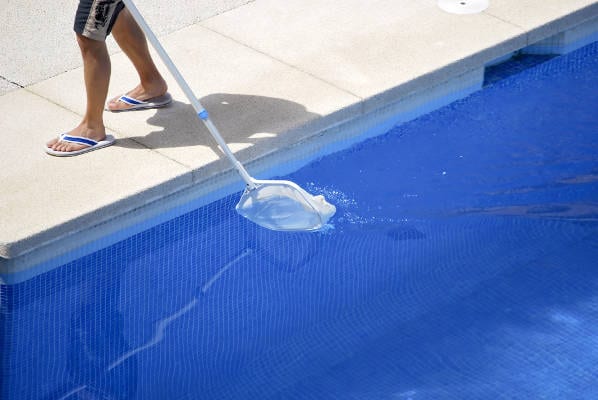
Step 1: Cleaning the pool
Cleaning is the first crucial step in winterizing your pool. Perform skimming, vacuuming, and brushing of walls and tiles to remove debris, preventing potential staining and algae growth during the winter.
Step 2: Testing Salt Levels
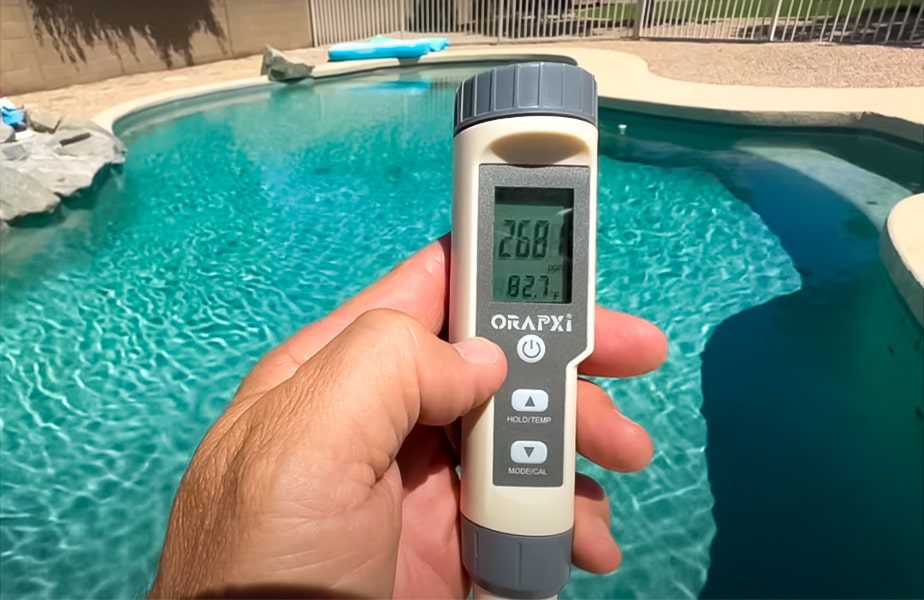
Ensure your pool’s salt levels are within the recommended range. Testing before winterization helps in adjusting the salt content, preventing any issues with the saltwater system.
Step 3: Balance Chemicals in Pool

Achieve the right balance by addressing pH levels, alkalinity, and calcium hardness. Balanced pool chemistry protects pool surfaces and equipment during the winter.
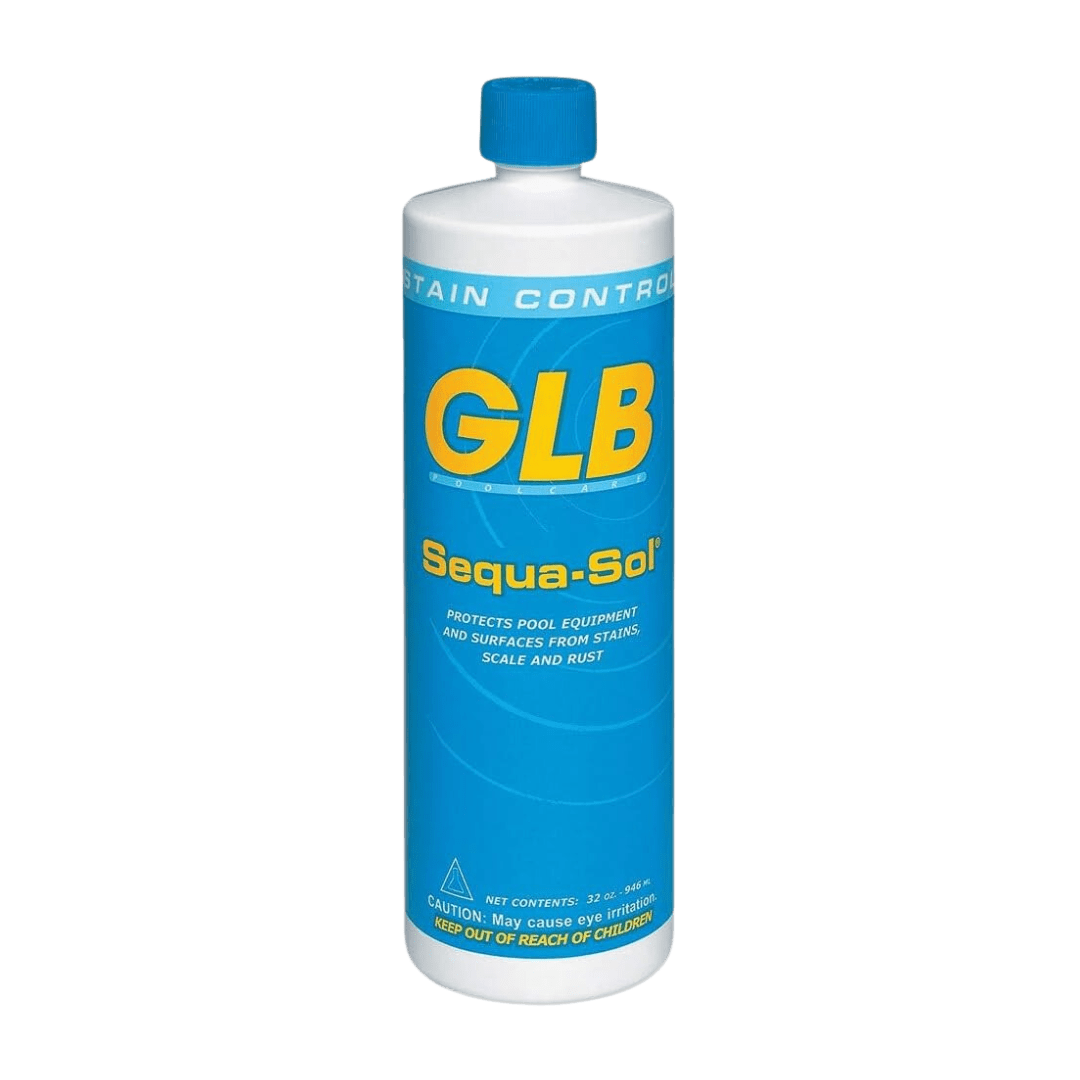
Step 4: Add Anti-Staining & Winterizing Agents
Introduce anti-staining agents to prevent metal staining during winter. Winterizing agents help protect your pool from the harsh winter conditions.
Step 5: Add Enzymes
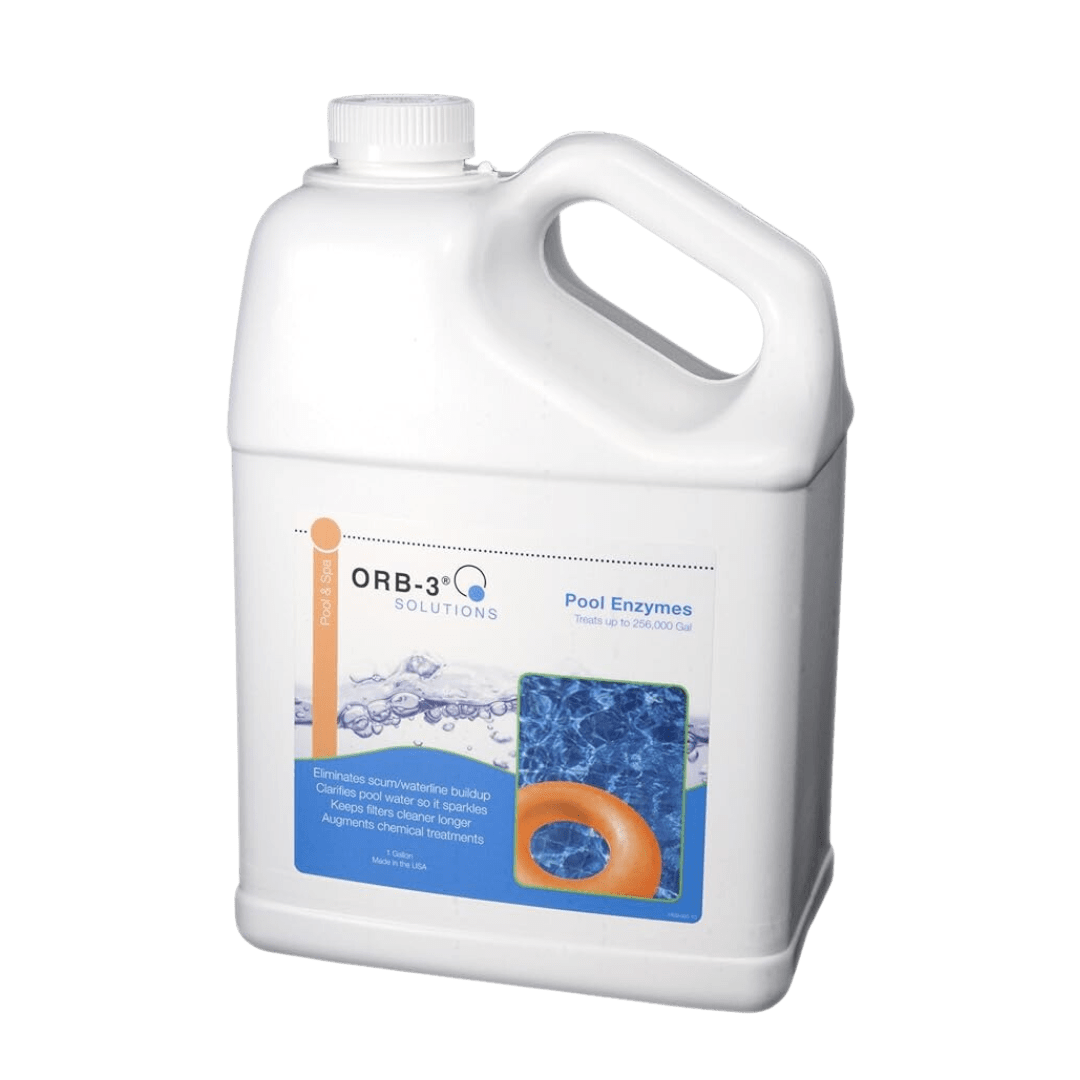
Adding enzymes aids in breaking down organic matter in the water, reducing the risk of algae and other contaminants over the winter months.
Step 6: Cover Your Pool for the Winter
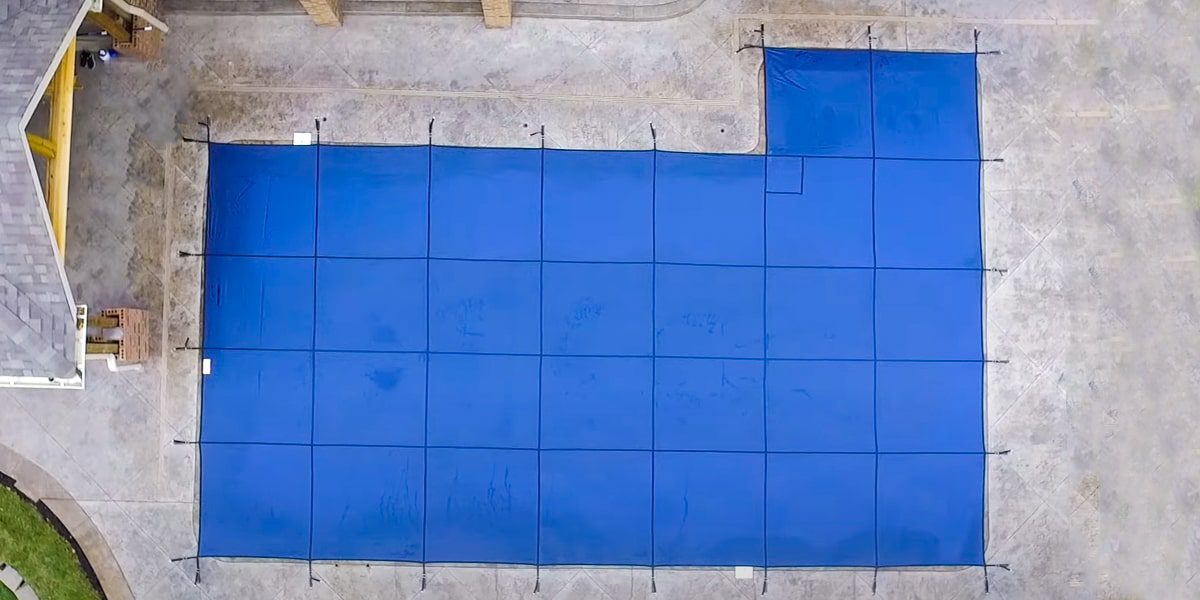
Please choose a suitable pool cover and install it securely. The right cover acts as a protective barrier, preventing debris, leaves, and snow from entering the pool.
How to Take Care of Pool Equipment in winter
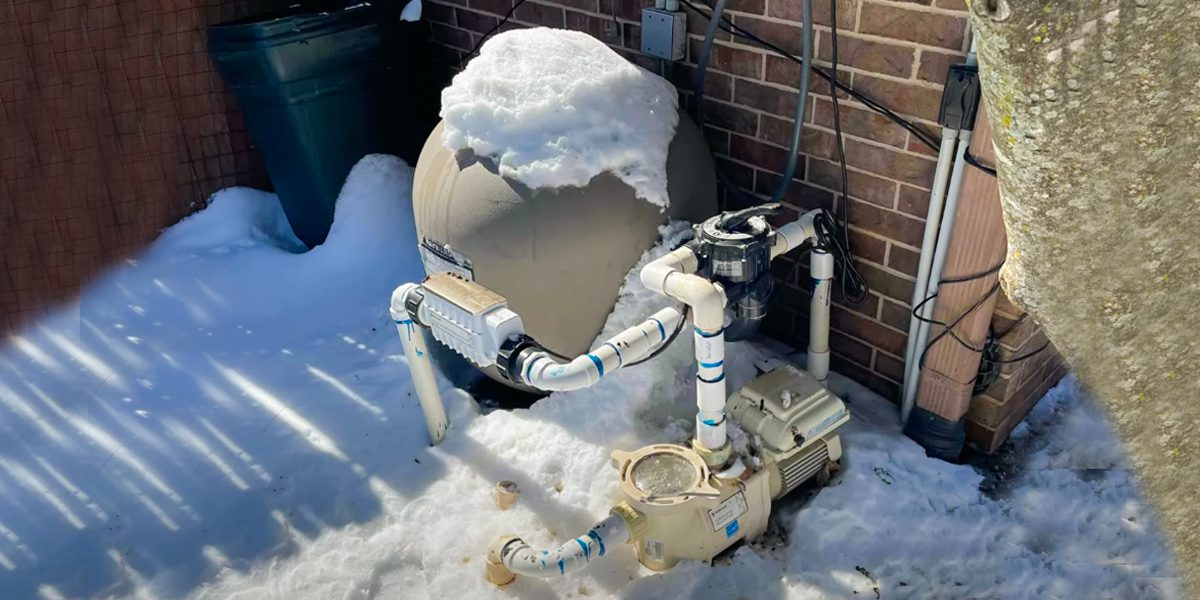
Here are Few Steps You can Take
Winterizing the Salt Chlorine Generator
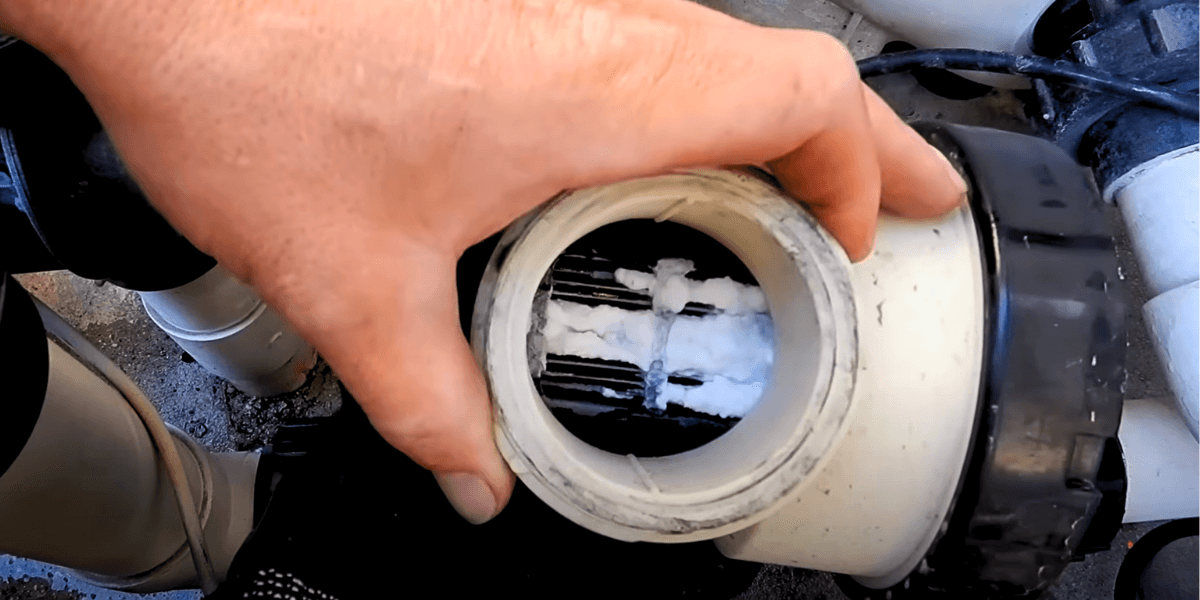
Winterizing the salt chlorine generator is crucial for ensuring its longevity during the winter months. Properly shutting it down and protecting it from freezing temperatures is vital. Consult your manufacturer’s guide for specific steps to safeguard this essential component of your pool’s maintenance system.
Preparing Pool Pump for winter
Prepare your pool pump for winter by taking essential steps. Drain any excess water, lubricate moving parts, and insulate it against the cold. For additional protection, consider covering the pump. These measures safeguard your pump from potential freezing and damage during the colder months.
Pool Filter in winter
Winterizing your pool filter is essential for maintaining its performance during the colder months. Backwash the filter to clear accumulated debris before winter, ensuring a smooth winterization process. Proper drainage is crucial to prevent freezing damage. If applicable, remove and store the filter element for added protection. During this process, think about the needs of different types of filters and adjust your method to keep the best performance all winter.
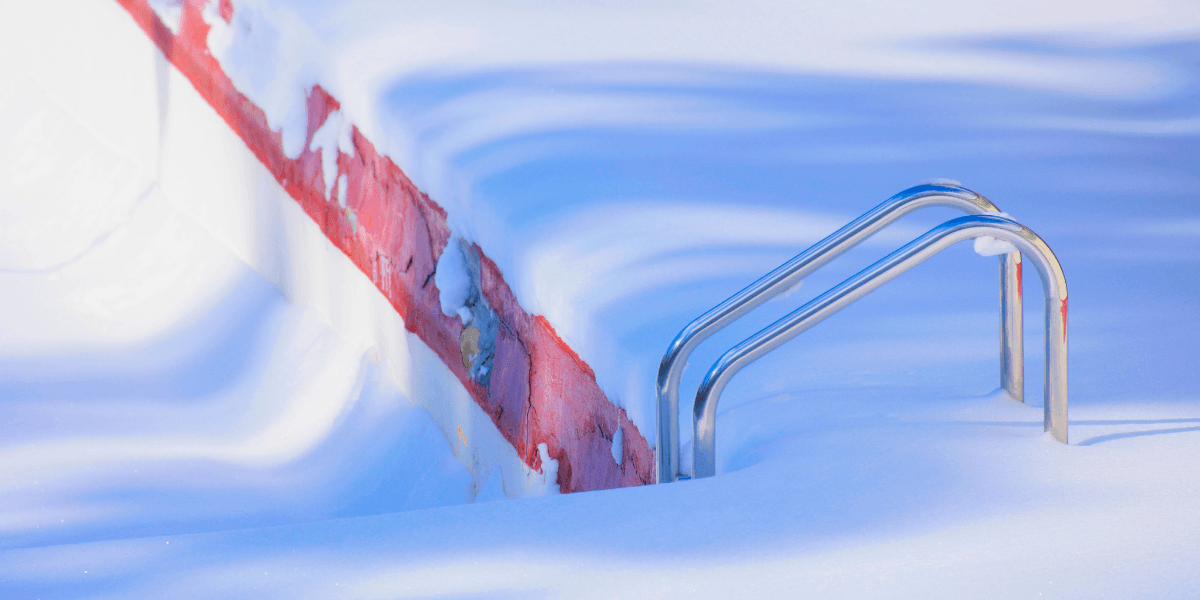
Winterizing a saltwater pool is not a one-size-fits-all process. Climate has a big impact on the approach, as different areas have different levels of cold, rain, and freeze risk. Applying the right winterization method to your area’s weather can help you avoid expensive damage, keep the water clean, and make opening the pool easier in the spring.
Cold Climate (Consistent Freezing & Heavy Snowfall)
Mild Climate (Occasional Freezing Temperatures)
To properly winterize a saltwater pool in places where it freezes sometimes but not for long periods of time, It is important to keep the pool pump running when it is cold outside. This keeps water from freezing in pipes and other equipment. A lot of pool automation systems have settings for “freeze protection” that should be turned on so that the water keeps moving even when the temperature drops. It’s also important to keep the chemistry of the water balanced, since chemical reactions take longer when it’s cold. Making sure the right levels of pH, alkalinity, calcium hardness, and salt are present helps keep surfaces from scaling and rusting during the winter. Since chlorine demand decreases in cooler water, adjust the salt chlorine generator to avoid over-chlorination and add liquid chlorine if needed to maintain sanitation. Use A mesh winter cover which prevents debris buildup and allows water circulation, keeping the pool clean and well-maintained in the winter.
Warm Climate (Year-Round Pool Use)
In warmer regions where pools remain open year-round, full winterization isn’t necessary, but seasonal maintenance is still important to protect the pool and its equipment. While freezing temperatures are rare, cooler weather can impact water chemistry, chlorine production, and heat retention. Adjust the salt chlorine generator output to match lower chlorine demand and use liquid chlorine if needed. Reduce filtration run times to save energy while keeping water clean. Test and adjust pH, stabilizers, and salinity regularly to counteract dilution from rainfall. Use a solar cover if heating the pool to retain warmth and minimize evaporation.
Removing Other Pool Accessories
To protect your pool accessories during winter, store items like ladders, diving boards, and floats in a dry place. Conduct a thorough cleaning and inspection, addressing any maintenance needs. This proactive approach ensures that your accessories remain in top condition for the next swimming season.
In conclusion, effective winterization is key to preserving the longevity and functionality of your saltwater pool. By following these comprehensive steps and tips, you’ll ensure a smooth pool reopening when the warmer seasons return. If in doubt, consult with a pool professional for personalized guidance.
Important notice:
Winterizing a saltwater Pool can be a demanding task, especially for those with busy lives. However, there’s a significant opportunity for people living in Texas to enjoy hassle-free pool ownership. Our professional pool service is specifically designed to address the unique needs of Texas pool owners.
Winterizing Your Saltwater Pool FAQs
Want More tips? Read other Articles



